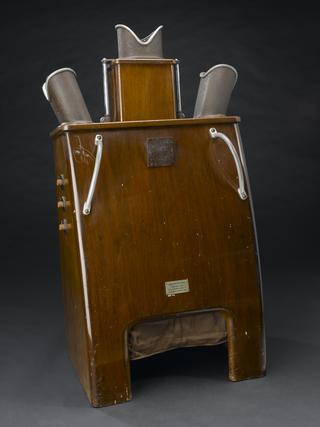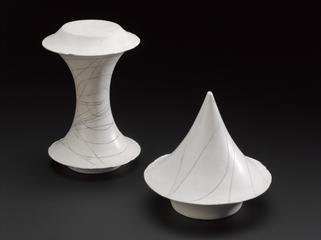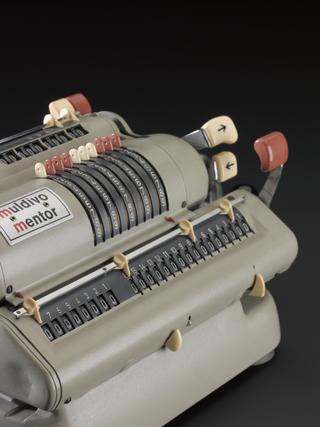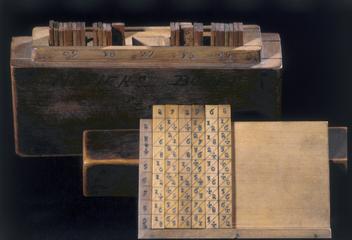
Navigational Computor Mark III






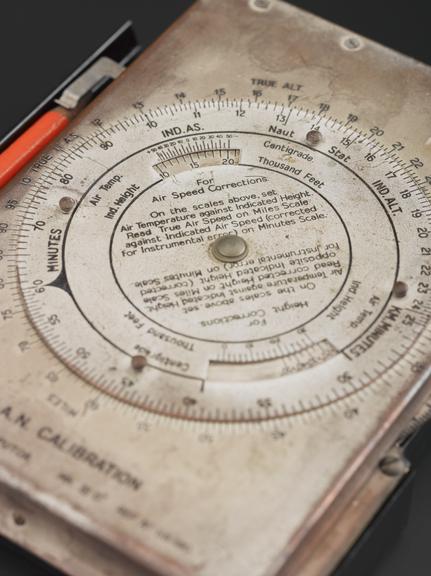
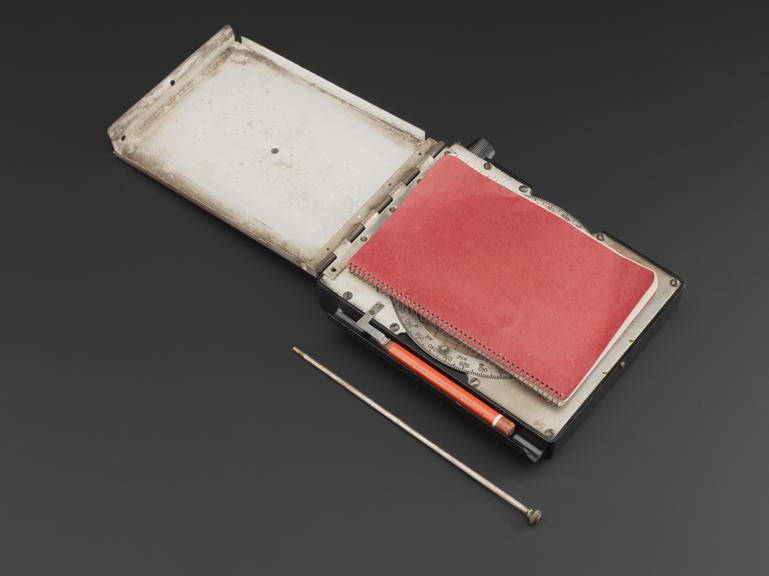
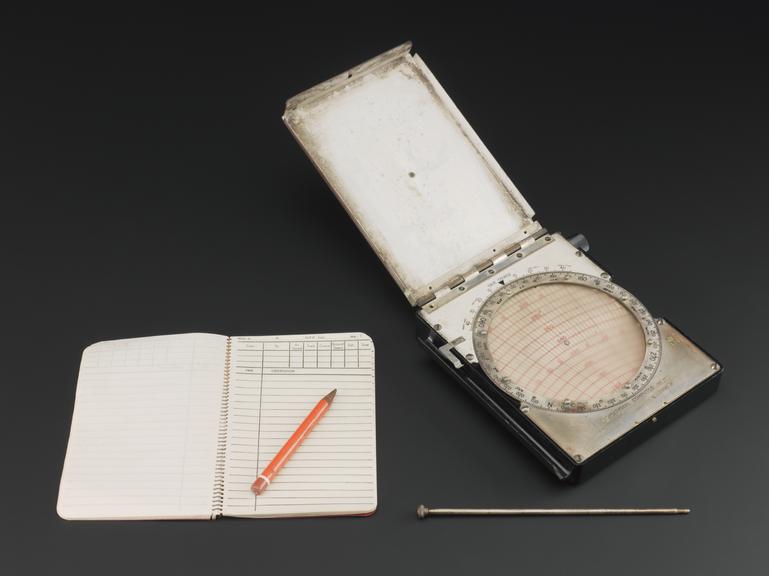
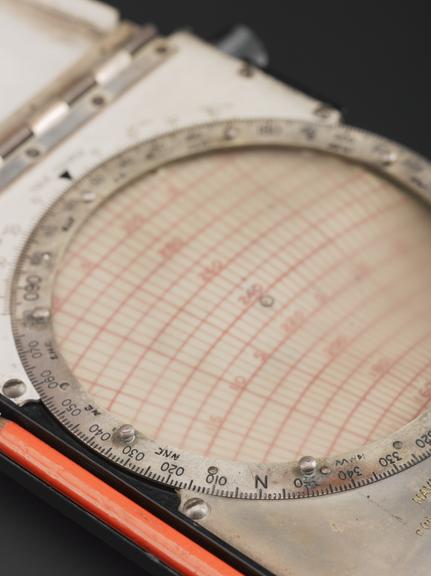
Navigational Computor Mark III, calculating device for aerial navigation
Navigation is one of the oldest mathematical practices, relying on an understanding of geometry and angles. The practice expanded rapidly in the 20th century when aircraft took to the skies, where officers had to navigate more rapidly and cope with varying wind speed. New technologies such as radio location were developed, but navigators still needed a strong command of mathematics. Tools such as this ‘computor’, with its slide rules and graphs, helped officers calculate aircraft speed, height and distance while sitting in their cramped aircraft cabins.
Look closer
Navigational Computor Mk IIIDetails
- Category:
- Mathematics
- Object Number:
- 1990-704
- Measurements:
-
Open: 175 mm x 155 mm x 260 mm, .68 kg
Closed: 30 mm x 155 mm x 180 mm, .68 kg
- credit:
- Auction Team Koln
